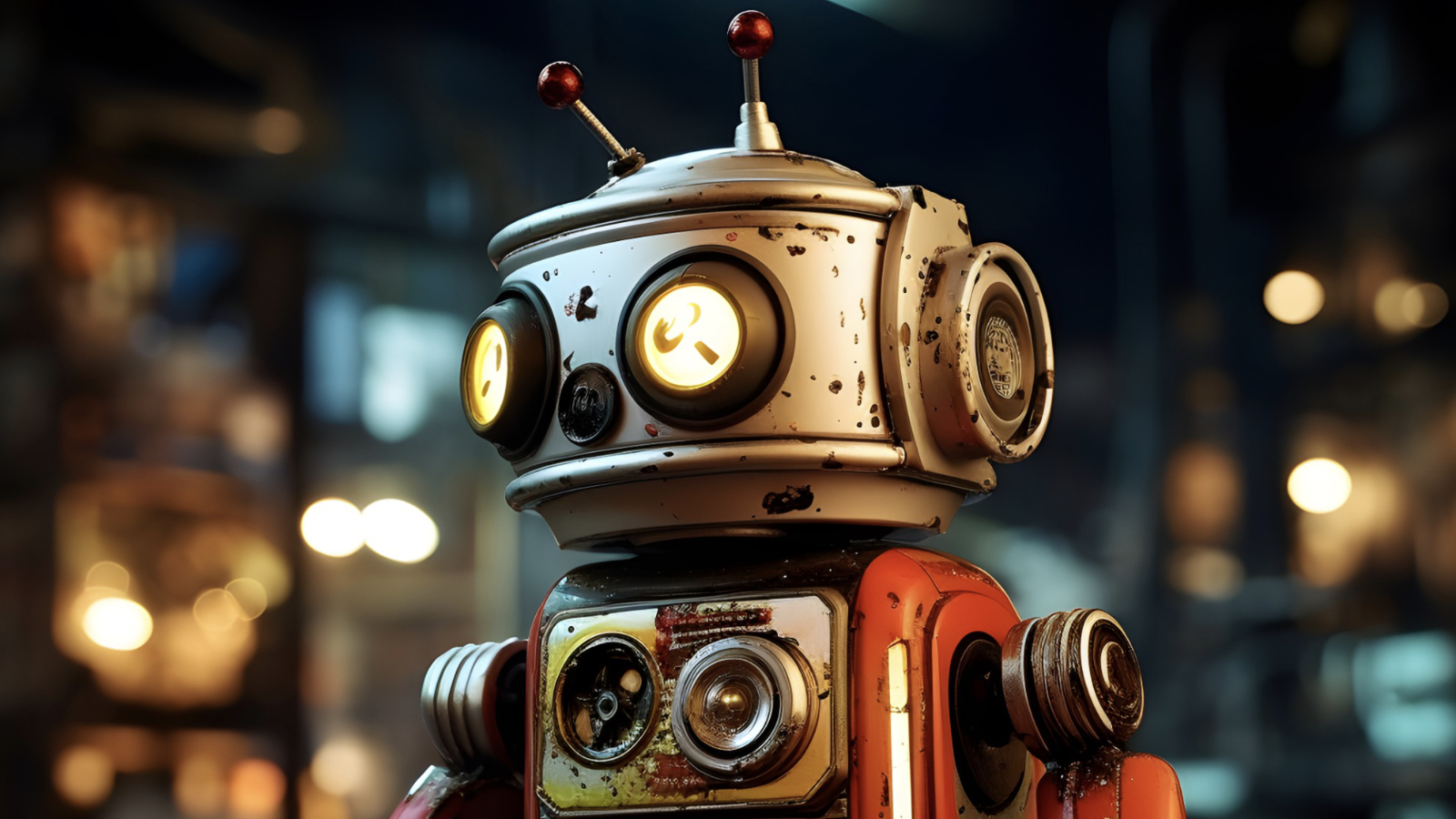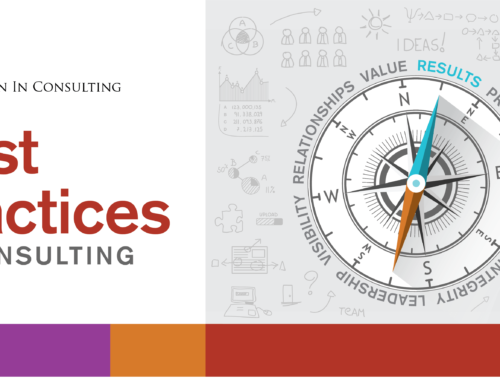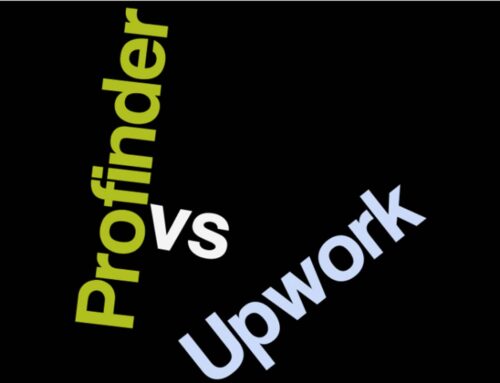Thanks to Tom and Amy Smith of Project Gado, I recently got to see a 3D printer in action. The printer is used to manufacture parts for a robot that automates the digital scanning of archival documents like old photographs and newspaper articles. You could argue the robot is taking away a human job, except that these items are so frail that human touch could easily damage them. The scanner is set up in the closet of a spare bedroom; printing new parts for the robot can happen anywhere there’s room for a printer the size of a 10-gallon fish tank.
Tom uses open source code and works with universities and their student researchers to customize robot parts. Need a bigger arm to handle larger photos that have curled over time? The university researchers customize the design and send it to Tom, who reviews and adjusts it, then prints out the new part.
Project Gado isn’t just an academic exercise. Licensing generates revenue for the owners of the images; Project Gado gets a percentage of that money. In addition, they are preserving images that have both historical and emotional value and making those images available to a global audience.
What does this say about the technological and economic realities we’re facing today? Is this a case where yet another job is being automated out of existence?
I’m not convinced a job was lost. The documents have not been digitized because there was no way to guarantee irreplaceable source material from small, private archives wouldn’t be damaged. And those archives couldn’t afford to hire people to begin with.
The robot design is open-sourced. Job lost? Maybe. But this technology is so new that few people outside of academia have a lot of exposure to 3D printers. It would have been tough to find anyone but a student or hobbyist with the necessary skills.
Take way: Any business that figures out how to use the best combination of technology and human smarts will lead us into the future. Let machines handle the tedious work and tasks that humans may not be able to do. Let humans focus on creativity and planning, on designing better ways to share knowledge that might otherwise be lost to us all.








